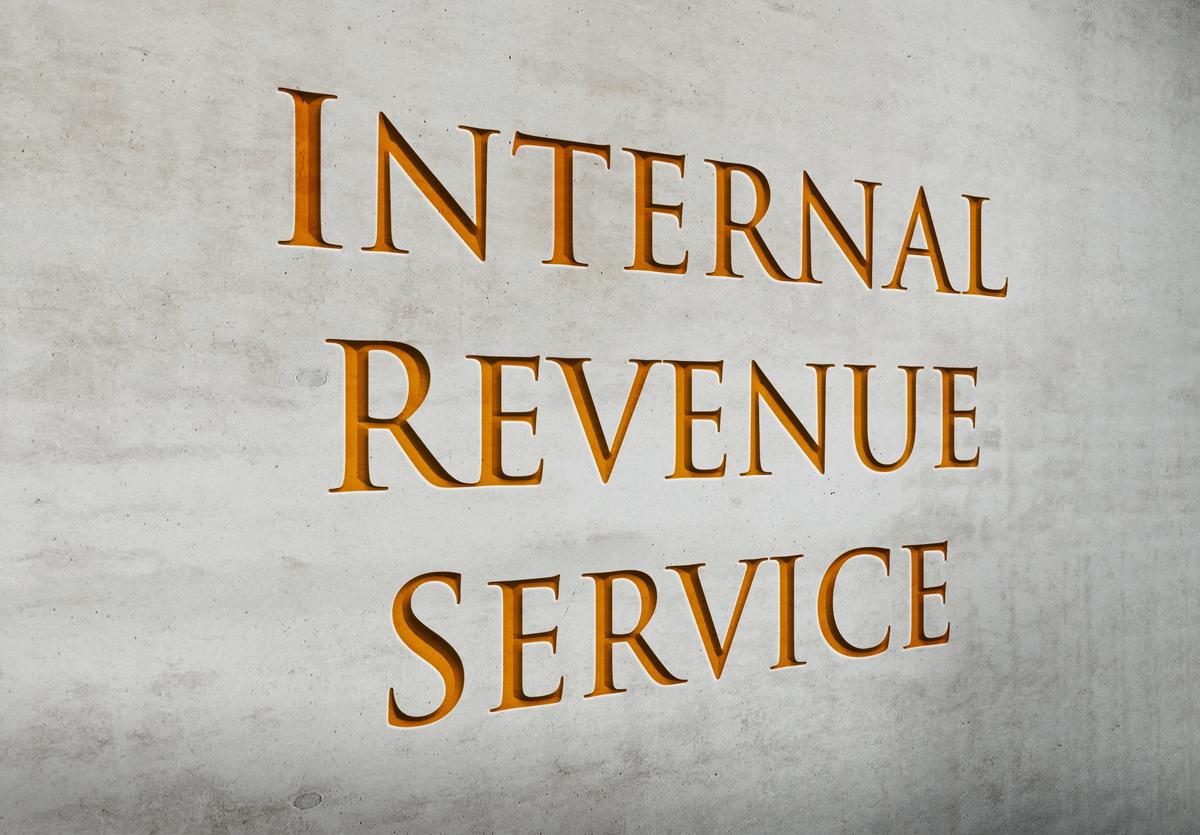Taken separately, workers’ compensation laws, the Americans with Disabilities Act (ADA), and the Family and Medical Leave Act (FMLA) represent complicated laws that are often difficult for employers and employees alike to figure out. When workers must be absent from the workplace under two or three of these laws, the situation becomes even more complex, and companies’ risk of potential litigation and regulatory investigations increase.
According to the U.S. Department of Labor, “When employees are injured or disabled or become ill on the job, they may be entitled to medical and/or disability-related leave under two federal laws: the Americans with Disabilities Act (ADA) and the Family and Medical Leave Act (FMLA). In addition, state Workers’ Compensation (workers’ comp) laws have leave provisions that may apply. Depending on the situation, one or more of these laws can apply to the same employee.”
Consider what happens when an employee has used up all of her FMLA leave for medical reasons, and then asks for more time off. Does the ADA then apply? What if the employee decides to file a workers’ comp claim? Does denying the request make the employer vulnerable to a lawsuit?
The stakes can be enormous. Several years ago, telecom giant Verizon Communications paid $20 million, along with “significant equitable relief,” to resolve an ADA class-action disability discrimination lawsuit filed by the U.S. Equal Employment Opportunity Commission (EEOC). The suit, which at the time represented the largest disability discrimination settlement in a single lawsuit in EEOC history, charged the company with unlawfully denying reasonable accommodations to hundreds of employees. According to the EEOC, Verizon disciplined and/or fired those employees based on its “no fault” attendance policies.
In order to protect against the chance of lawsuits or complaints from employees claiming their rights have been violated under workers’ comp, ADA, and FMLA, employers need to understand how the laws work separately, as well as how they overlap. They also need to know how to respond appropriately when employees take leave under any or all of them.
Different Laws, Different Considerations
The ADA and FMLA apply to companies across the country, while workers’ comp laws operate at the state level.
The ADA prohibits covered employers from discriminating against people with disabilities in any aspect of employment-related activities. It applies to employers with 15 or more employees and to employment agencies, labor organizations, and joint labor-management committees with any number of employees.
While the ADA does not specifically require employers to provide medical or disability-related leave, it does mandate that companies make “reasonable accommodations” for employees with disabilities, which can include leave. Since accommodations should be tailored for individual circumstances, there is no time limit for the leave that employees can take. According to the DOL, time off “should generally be granted unless doing so would result in ‘undue hardship’ to the employer.”
Importantly, since the ADA Amendments Act of 2008, the definition of “disability” has been dramatically expanded. As a result, an extremely large number of medical and mental conditions will be deemed to be disabilities, making handling accommodations even more confusing and burdensome.
FMLA gives employees up to 12 weeks of unpaid leave per year for specific reasons, including a serious health condition or to care for an immediate family member who has a serious health condition. It applies to private employers with 50 or more employees working within 75 miles of the employee’s worksite. Employees are eligible to take FMLA leave if they have worked for their employer for at least 12 months, and have worked for at least 1,250 hours over the 12 months immediately prior to the leave.
According to DOL, the definition of a serious health condition can include pregnancy and many illnesses, injuries, impairments, or physical or mental conditions that require multiple treatments and intermittent work absences.
During FMLA leave, employers must continue employee health insurance benefits. FMLA leave is unpaid, but employers may require workers to concurrently take paid leave, such as accrued vacation or sick leave, or employees may choose to do so. Once the leave is completed, an employee must be restored to the same or an equivalent position.
Virtually every employee is covered by workers’ comp. This form of insurance provides financial assistance, medical care, and other benefits for employees who are injured or disabled on the job. Workers’ comp laws are handled at the state level, with a few exceptions such as for federal government employees. The amount of paid leave depends on the state and the nature of the injury.
When employees request leave for a medical or disability-related reason, any or all of these laws may apply at the same time. As an example, DOL provides a hypothetical situation of an employee who requires hospitalization for three days because of an on-the-job injury, which would fall under workers’ comp. If the employee needs ongoing treatment, he or she may be eligible for FMLA. If the injury causes a permanent impairment that substantially limits a major life activity, the employee may be entitled to additional leave under the ADA.
Additionally, state workers’ comp laws often have anti-retaliation provisions, meaning that employment actions can lead to lawsuits when employees are on or have recently applied for workers’ comp.
How to Avoid Tripping Up Over Leave
When employees request injury- or illness-related leave, employers need to be informed and proactive. This will help to ensure that the company’s response is legal and defensible against lawsuits.
Before an employee requests leave:
- Call in the experts
With the tangle of laws covering medical and disability leave, companies should work closely with HR, in-house, and outside counsel to become educated about the laws. In addition, employers should update their leave policies and regularly train supervisors and others who are on the front lines of these types of requests.
Employers should consider bringing in a third party to perform periodic audits of leave records and policies, to ensure that the company is handling all issues appropriately.
- Be aware of state laws
Along with workers’ comp, some states have enacted their own versions of disability and family leave laws. These may be more generous to employees than federal regulations. For example, the California Family Rights Act treats registered domestic partners like spouses, unlike the FMLA, which does not recognize registered domestic partners.
When employees are covered by both federal and state laws, they are entitled to the greater benefit or more generous rights provided under the different parts of each law.
Once an employee requests leave:
- Figure out which laws apply
When an employee requests leave, supervisors and employer designated employees at the company should know exactly what steps to take, what documentation to request and provide, and to whom they can bring further questions or concerns.
DOL has provided a quick checklist to help determine which laws may apply in each situation, at least initially:
- Is the injury work related? Then workers’ comp applies.
- Does the employee have a serious health condition? Then FMLA applies.
- Does the employee’s condition meet the definition of disability? It becomes an ADA matter.
- Look at each individual situation
While employers need a consistent policy regarding leave, they should stay away from inflexible rules which can lead to litigation. In the Verizon case, the EEOC cited the company’s refusal to make exceptions to its “no fault” attendance policy, where an employee could be disciplined or terminated for accumulating a certain number of “chargeable absences.”
- Document all requests and decisions
If companies aren’t already doing so, they need to begin documenting every request and decision. Once leave is approved, the company should outline how long the leave will be and what the policy is for returning to work. This will help to eliminate misunderstandings and minimize the chances that employees can claim discrimination or other violations of their rights.
- Communicate throughout the leave
Companies should stay in touch with workers during their leave, particularly when the leave is set to expire and employees will be medically released to return to work. This will help manage expectations on both sides and allow employers to plan for any necessary accommodations or changes to the initial leave agreement.
- Proceed carefully with termination
When a worker has exhausted his or her leave but is not willing or is unable to return to work, employers need to carefully consider whether firing the employee is the right step. It’s important to determine whether any applicable laws could extend the leave. If the employer decides that terminating the employee is the appropriate action, every decision and communication should be put into writing. This will help ward off potential litigation and provide a defense if the employee decides to sue.
While employers need to run their businesses efficiently and must be able to count on employees to show up to work, they also need to comply with all the relevant laws that govern leave. When companies fail to thoroughly comply with workers’ comp, FMLA, and the ADA, among any other laws, employees can seek recovery under every law that applies. Unfortunately, they often do.
———————-
Richard D. Alaniz is senior partner at Alaniz Schraeder Linker Farris Mayes, L.L.P., a national labor and employment firm based in Houston. He has been at the forefront of labor and employment law for over thirty years, including stints with the U.S. Department of Labor and the National Labor Relations Board. Rick is a prolific writer on labor and employment law and conducts frequent seminars to client companies and trade associations across the country. Questions about this article, or requests to subscribe to receive Rick’s monthly articles, can be addressed to Rick at (281) 833-2200 or ralaniz@alaniz-schraeder.com.
Thanks for reading CPA Practice Advisor!
Subscribe Already registered? Log In
Need more information? Read the FAQs
Tags: Payroll, Small Business




